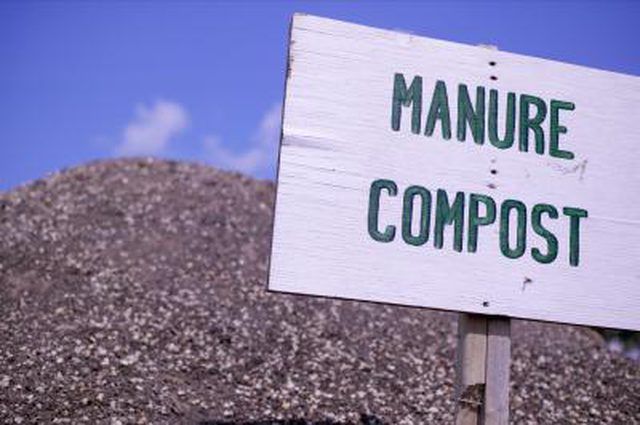Bulbs
Flower Basics
Flower Beds & Specialty Gardens
Flower Garden
Garden Furniture
Garden Gnomes
Garden Seeds
Garden Sheds
Garden Statues
Garden Tools & Supplies
Gardening Basics
Green & Organic
Groundcovers & Vines
Growing Annuals
Growing Basil
Growing Beans
Growing Berries
Growing Blueberries
Growing Cactus
Growing Corn
Growing Cotton
Growing Edibles
Growing Flowers
Growing Garlic
Growing Grapes
Growing Grass
Growing Herbs
Growing Jasmine
Growing Mint
Growing Mushrooms
Orchids
Growing Peanuts
Growing Perennials
Growing Plants
Growing Rosemary
Growing Roses
Growing Strawberries
Growing Sunflowers
Growing Thyme
Growing Tomatoes
Growing Tulips
Growing Vegetables
Herb Basics
Herb Garden
Indoor Growing
Landscaping Basics
Landscaping Patios
Landscaping Plants
Landscaping Shrubs
Landscaping Trees
Landscaping Walks & Pathways
Lawn Basics
Lawn Maintenance
Lawn Mowers
Lawn Ornaments
Lawn Planting
Lawn Tools
Outdoor Growing
Overall Landscape Planning
Pests, Weeds & Problems
Plant Basics
Rock Garden
Rose Garden
Shrubs
Soil
Specialty Gardens
Trees
Vegetable Garden
Yard Maintenance
How to Neutralize Nitrogen in Soil
How to Neutralize Nitrogen in Soil. Nitrogen is an important plant nutrient, responsible for promoting leafy green foliage in plants. Phosphorus and potassium are the two other important plant nutrients. However, the amount of nitrogen in your soil can sometimes become excessive, especially if you use large quantities of animal manure, which is...

Nitrogen is an important plant nutrient, responsible for promoting leafy green foliage in plants. Phosphorus and potassium are the two other important plant nutrients. However, the amount of nitrogen in your soil can sometimes become excessive, especially if you use large quantities of animal manure, which is very high in nitrogen. Soil nitrogen levels change over time, so testing your soil will reveal how acidic or alkaline it is. Soil with a pH of 6.0 or lower is very acidic and might contain excess nitrogen.
Things You'll Need
Soil test kit
Compost
Organic materials
Nitrogen-binding grasses or legumes
Hydrated lime
Shovel
Measuring cup
Test your soil to determine whether it is acidic or alkaline. If it measures 6.0 or lower, it is acidic and may contain excess nitrogen.
Limit nitrogen-based fertilizer if your soil test reveals a pH under 6.0. Instead, use organic compost and mulch, both of which have a lower nitrogen content.
Plant nitrogen-fixing cover crops in the areas of your soil that have excess nitrogen. Grasses and legumes, such as fava beans, are good choices to plant in such areas because when you harvest them, excess nitrogen will cling to their roots and be removed from the soil.
Dig hydrated lime into your soil. If it is sandy, use 4 ounces of lime for every square yard of soil; if it is clay, use 12 ounces for every square yard.
Dig organic materials into your soil to raise the pH level and help to neutralize excess nitrogen. Good choices include hardwood ash, crushed marble, bone meal and oyster shell.
Tips & Warnings
If your climate allows you to grow cover crops over winter, plant them in fall. If not, plant them in early spring, as soon as you can work the soil.
Be patient when you attempt to raise the pH of your soil. After you add nitrogen-neutralizing materials, the pH takes time to rise.